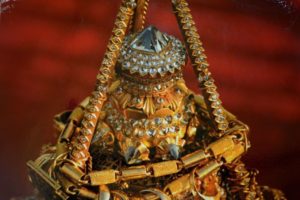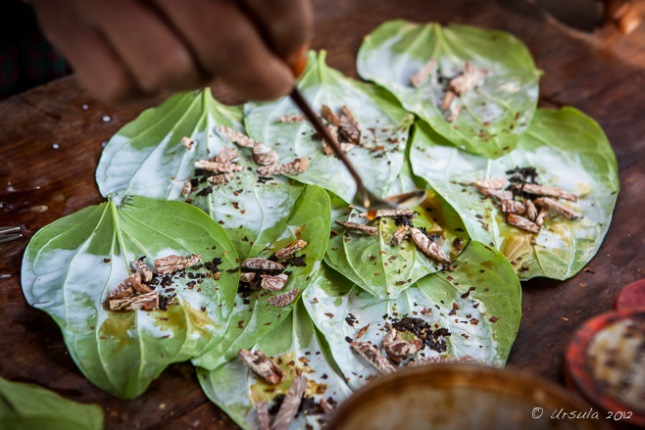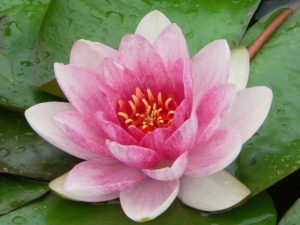
Diamond Orb
According to researchers Sanchi Stups of Bharat, that is India, are the prototypes of modern-day pagoda. Myanmar prototypes Baw Baw Gyi and
Feature tours are the best thoughts for your travel experience in Myanmar. The tours extend the sustainability of local destinations throughout the journey.
Our Small Private Group tours are designed for safety measure and escape
the crowd to see the highlights of Myanmar with enough downtime to relax,
reflect, and soak up the atmosphere.
Multi-day tours are organized into the depths of Myanmar and to see captivating nature, culture, local experiences, and traditions of the people.
ONE DAY TOURS are conducted by the tour guide to explore more about culture, history, community, and local lives for a full-day excursion in Mandalay and around privately.

According to researchers betel chewing habit came from majjima desa, that is present Indian subcontinent, along with Buddhism. The habit was certainly well established in Anawrahta’s time.
Our national museum proudly displays the paraphernalia connected with betel culture of Konbaung dynasty. Kings, queens, princes, ministers and other court officials had betel boxes showing their status at the court.
Courtiers of various levels and visitors at the court were occasionally favoured with chewed betel right out of royal mouth. It may sound abhorrent to egalitarian persona of today but it was highly prized and keenly sought favour in those days gone by. A cud of betel from royal mouth was reverently received and gracefully popped into the recipient’s mouth right away.
In the countryside or towns every decent house had a betel box ready for a visitor. All elders chewed at least one betel quid after each meal or snack. Betel boxes were made of aluminum or brass. They were plain or elaborately adorned. Lacquerware boxes were also used. They were usually decorated with exquisite paintings. Offering a betel box was regarded as a sign of warm welcome.
Betel box usually has compartments. Lowest and largest holds betel leaves. Two smaller ones all fitting into one another, variously hold, areca nuts and a small tool for cutting them, tobacco and a small container for slaked lime. There may be other ingredients according to the whims and fancies of the owner, such as cutch, peppermint crystals etc.
Together with cheroot and tea-leaf salad, betel are the three items which are invariably used to show welcome to visitors.
Stake driving, scaffold erecting, raising and placing beams, pulling out rice seedlings, transplanting the rice seedlings, reaping rice (paddy) harvest are never begun without a tray of offertories to the mother earth. Other constituents may vary from plain cooked rice and a lump of jaggery (raw toddy sugar candy) at one end to two bunches of banana and a coconut at the other but betel quid will always be there among them.
With change of life style, food habit and social norms, unavoidable restrictions have highly limited the areas where betel can be chewed. Supermarkets, cinema halls, buses now regard betel chewers as persona non grata. Quarrels arising out of indiscriminate betel spittng are not rare. Betel spit stains the clothes of the chewers.
There are some redeeming features. Each of the basic constituents have medicinal properties. According to Myanmar pharmacopoeia betel leaf oil can be used as deworming agent. For treatment of many eye and digestive tract ailments fresh juice of betel leaf is used. It is a good germicide, it helps digestion. Areca nut (generally but mistakenly called betel nut) has astringent taste and qualities. It can stop bleeding. Adolescent girls are usually advised not to chew betel nut or betel quid while they have period. Lime can cure lumps and cysts. Cutch is good for gums, over sweating and fresh wounds.
The habit has been curbed by modernity but it is not going to disappear in a foreseeable future.
Sourced: Myanmar Culture Traditions and Scenery, Traditional Snacks
by U Than Pe, Tour guide

According to researchers Sanchi Stups of Bharat, that is India, are the prototypes of modern-day pagoda. Myanmar prototypes Baw Baw Gyi and

Throne is symbol of royalty. It also embodies sovereignty. It is the seat of power. It passes from sovereign to sovereign. As

Lotus and its petals are invariably found in holy places and on religious icons. They have become part and parcel of oriental